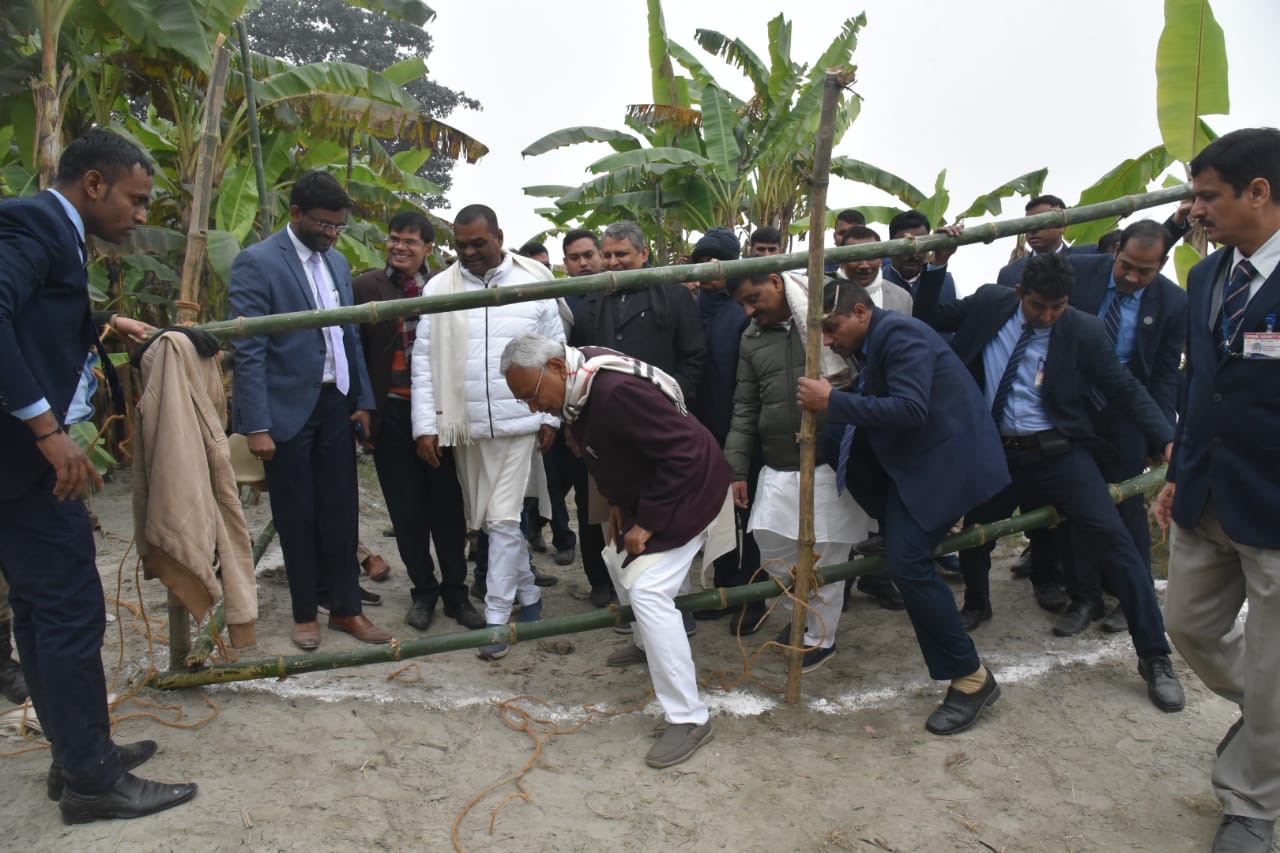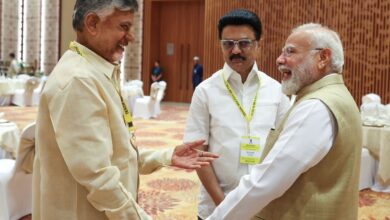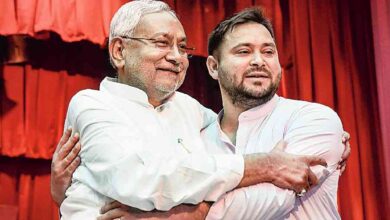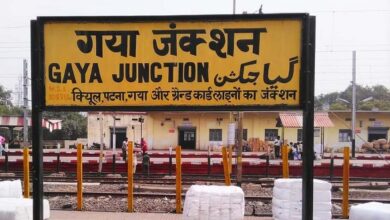Caste census in Bihar: will it aid developmental work or fuel social divide?

Caste is a deeply rooted factor in Bihar politics. The survey for the much-talked-about caste census began in the state on January 7 and it is likely to be completed by May 31, 2023. How will it affect the state? Will it aid in developmental work as claimed by Chief Minister Nitish Kumar, or fuel further social divide in the state?
Chief Minister Nitish Kumar has claimed that the purpose of the caste census is to get a clear estimate of the financial situation of all communities in the state and the data would help in developmental work.
“We have demanded since the beginning that caste-based census should be conducted across the country so that there’s information about the status of people from different castes to work on their upliftment,” Kumar told NDTV.
Kumar claimed that the state government’s intention is clear — it wants a full picture of the financial situation of every individual so that it can more effectively target development work, and also give the Centre proper data on the state for its “sabka sath, sabka vikas (everyone’s support, everyone’s development)” vision.
“The full report will give us a clearer picture, which we will publish, circulate, and also send to the Centre. If they think this is good for the entire country, then they will do it. Otherwise, we will at least give them a clear picture of poverty in our state,” he said.
The state government has allocated Rs 500 crore for conducting caste-based census. The exercise will be conducted in two stages. In the first phase, which is likely to be over by January 21, the number of all households in the state will be counted.
In the second, starting from March, data pertaining to people of all castes, sub-castes and religions will be collected. Enumerators, whose training began on December 15, will also record information about the financial status of all people.
Data will be collected digitally through a mobile application as part of the eight-level survey, from the panchayat to the district level.
The app will have questions about place, caste, the number of people in a family, their profession, and annual income. Census workers include teachers, Anganwadi, MGNREGA or Jeevika workers.
The main purpose behind the exercise seems to appease the Other Backward Classes (OBCs), which are the main vote-bank of Chief Minister Nitish Kumar and his deputy Tejashwi Yadav’s politics.
In the 1931 census, the population of OBCs was estimated to be 52 per cent. The Congress-led UPA government at the Centre had conducted a socio-economic and caste census in 2011, but caste data was not released.
The Bihar Legislative Assembly passed two unanimous resolutions, in 2018 and 2019, in favour of a caste census. In June 2022, an all-party meeting in Bihar, chaired by Chief Minister Nitish Kumar, unanimously gave its go-ahead.
Those demanding a caste census say reservation to the SCs and STs was given based on their population but not in the case of the OBCs. They say the quota needs to be revised, and a caste census is needed for that, India Today reported.
If the caste census data comes out before the 2024 Lok Sabha election, Nitish and his Deputy CM, Tejashwi Yadav, both heading caste-based parties, could be its biggest beneficiaries. Conversely, the sensitive caste census data may ignite a fresh round of Mandal and Kamandal politics, India Today noted in the report.
The implementation of the Mandal Commission report in 1990 sparked violence across the country. The Centre’s reasons for not endorsing a caste census include its apprehension of a similar scenario.




